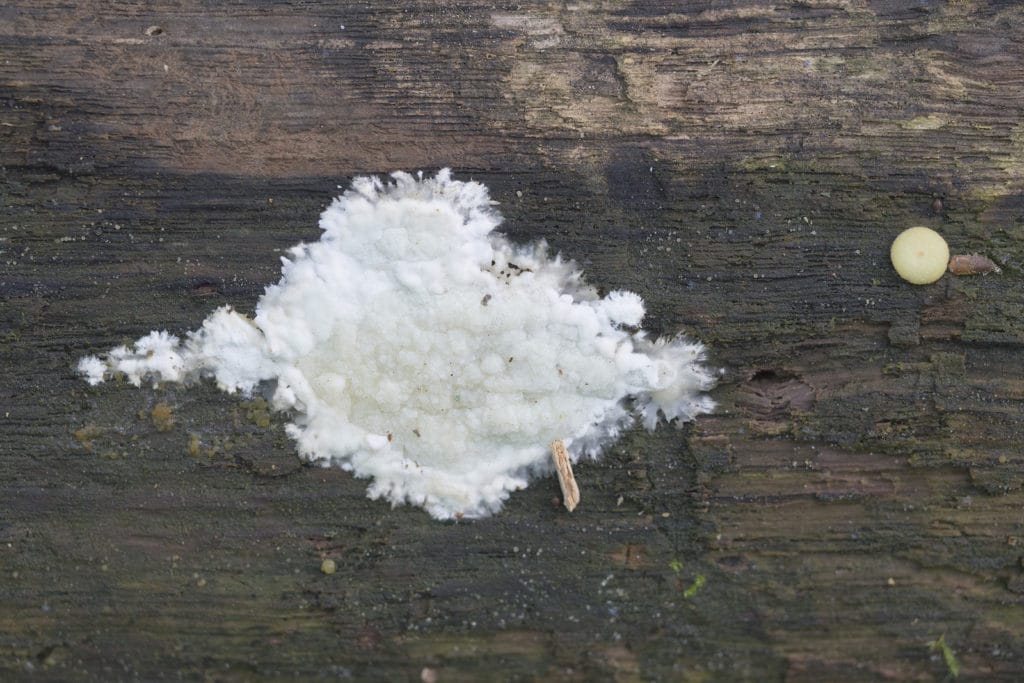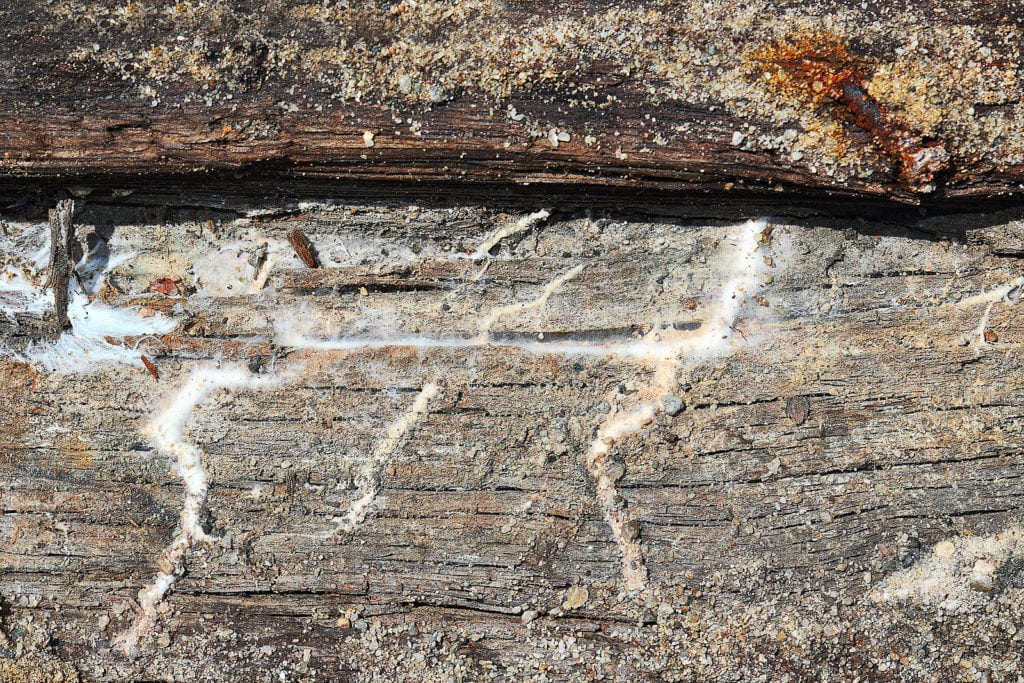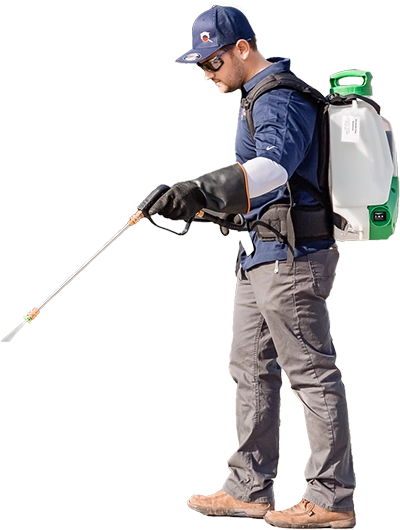Dry rot and wet rot are types of fungus that destroy wood. Occasionally, a home’s foundation, crawl space, or attic can become damp, humid, or harbor excess air moisture. These conditions are ideal for the growth of dry and wet rot on the timbers from which these spaces are built. Because load-bearing timber can become infected, dry and wet rot infections require immediate remediation.
The fungi are also found on wood that is outdoors, like a backyard deck or front porch. Exposed wood can become damp due to rain or condensation, and lock in that moisture if the wood is not properly sealed.
Here are some things to look out for if you suspect you have wood infected with dry or wet rot, and how to go about fixing the issue.
Wet rot, caused by the fungus Coniophora puteana, grows on wet or damp timbers, but does not spread unless an entire timber is wet.
Wet rot is considered less harmful to wood because it only affects the damp parts of wood. In other words, the fungus remains localized in one area, without spreading, unless the entire piece of timber is excessively damp. The infection often appears in timber with a moisture content of around 50%. The fungus can also cause decay in plaster, wallpaper, and carpets.
Coniophora puteana causes brown-rot in both hardwood and conifer wood, including building timbers and anywhere else wood is used. The fungus starts as small patches that can develop into extensive, fleshy masses that attach tightly to the timber. The surface is smooth and soft, first appearing white in color before turning a dark brown color.

Wet rot in the early stages of infection. Notice the white fungus affecting a damp piece of wood.
Here are some common ways to identify wet rot:
- Brown fungus may appear on timber
- Timber is likely to feel soft and spongy with discoloration present
- Timber will dry out and crack or crumble
- Paint on timber may be visibly deteriorated
To definitively determine if you have wet rot, contact a wood-destroying organism (WDO) inspector. Once you confirm that you have wet rot, it is best to quickly repair the problem to prevent additional structural damage to your home. Rot repair specialists will identify the cause of the issue, including why the wood is excessively damp. Damp wood is usually caused by one of two problems: penetrating water, like a leak or rain, or condensation.
Expect the repair specialist to remove the infected timber and replace it with new wood. The wood will then be treated with wood hardener and sealer to help prevent rotting.
Dry rot, caused by the fungus Serpula lacrymans, is more harmful because it can easily spread throughout wood timbers.
Like wet rot, S. lacrymans affect wood that is wet or damp. But the spores engulf the entire timber regardless of moisture content. Even if the wood is only damp in one spot, dry rot can still spread to the non-damp parts of the wood. The fungus breaks down cellulose and hemicellulose, leaving behind wood that is spongy to the touch and visibly deteriorated.

S. lacrymans, or dry rot, causing wood to deteriorate.
Dry rot is a common issue in the northern California area. This is possibly due to the temperate climate in the region, as S. lacrymans thrives at temperatures below 80 degrees Fahrenheit.
Identifying the fungus requires the same thoroughness as identifying wet rot. A WDO inspector will often complete a visual and touch inspection, looking for brown, fleshy masses and crumbling wood. Once dry rot has gained a strong foothold, the timber cannot be salvaged and must be replaced with new wood. Unfortunately, while fungus spores may be present prior to infecting the wood, they are rarely detected by air or surface samples. The best way to avoid dry rot is to ensure wood surfaces are sealed and remain dry.
Rot repair specialists will work to determine the cause of the rot and attempt to fix any issues that may have led to increased dampness of the wood.
To prevent wet and dry rot, be sure to keep exposed wood sealed and painted.
Dry and wet rot can cause thousands of dollars in damage—fungal infections can be more pervasive and costly than termite infestations, which also destroy timber. It’s important to protect your home by sealing and painting wood so that moisture can’t seep in.
A sealer coat, sometimes called a wash coat, can be used over stained or unstained wood. Its purpose is to seal the pores of the wood against water and moisture. As a bonus, sealer also gives you a smooth, even surface, which is great if you decide to add a layer of lacquer or varnish.
There are a variety of wood sealants that you can pick up from your local home improvement store, but the two most common types are brush-on and spray-on sealants. With a full brush, apply the sealer briskly along the grain. Same goes for spray-on sealer: spray quickly along the grain. Work rapidly as the sealer dries fast.
Note that staining wood does not accomplish the same thing as sealing wood. Staining changes the aesthetic of wood, but only sealing protects wood against moisture.
Wet rot and dry rot can completely destroy timber. Any affected wood should be promptly replaced with new wood. If you believe that wood in your home is infected with dry or wet rot, contact North American Home Services! We can identify WDOs and replace any wood that is damaged.




